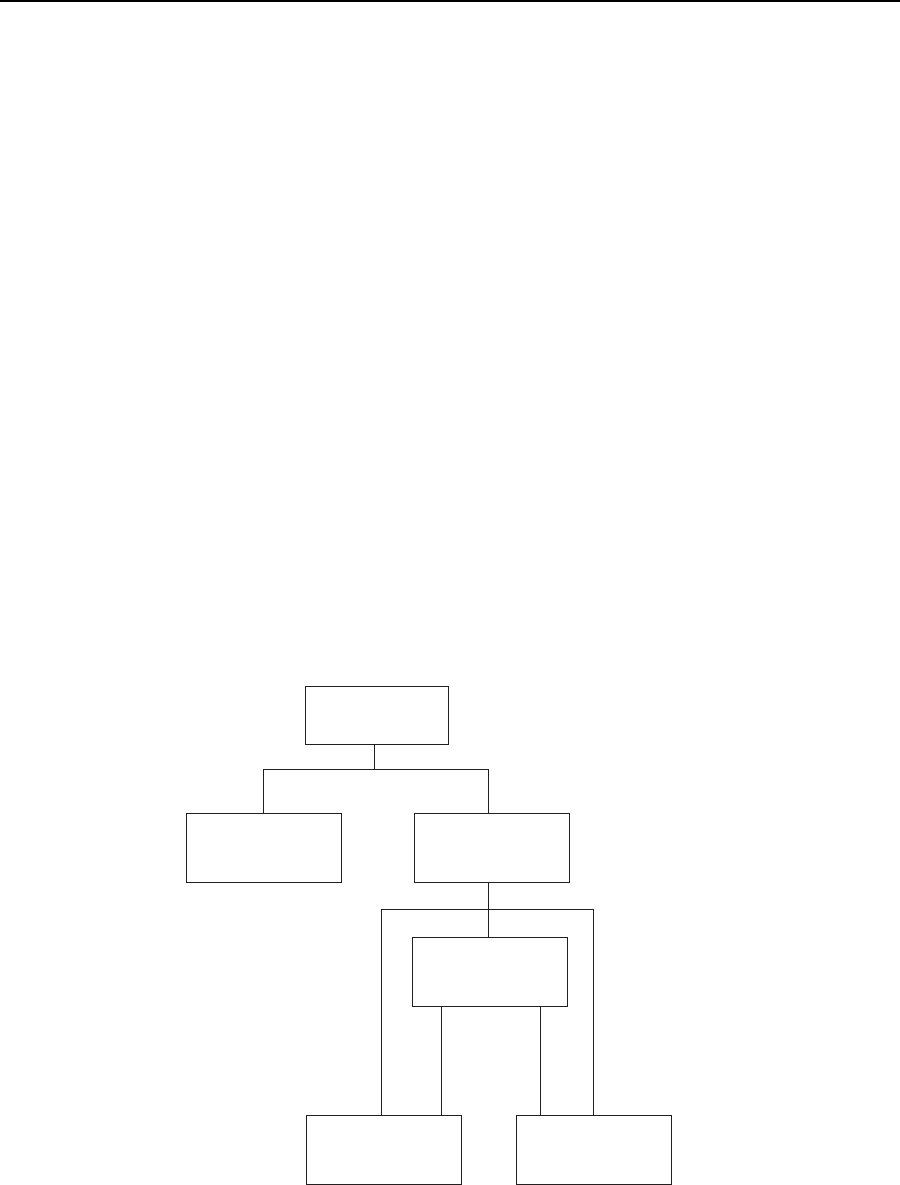
Note: You can create native views that access certain DBMS data by using a
SAS/ACCESS dynamic LIBNAME engine. See “SAS/ACCESS Views” on page
683, or the SAS/ACCESS documentation for your DBMS for more information.
Benefits of Using SAS Views
SAS views provide the following benefits:
• Instead of using multiple DATA steps to merge SAS data sets by common variables,
you can construct a SAS view that performs a multi-table join.
• You can save disk space by storing a SAS view definition. The view definition stores
only the instructions for where to find the data and how it is formatted, not the actual
data.
• SAS views can ensure that the input data sets are always current because data is
derived from SAS views at execution time.
• Since SAS views can select data from many sources, once a SAS view is created, it
can provide prepackaged information to the information community without the need
for additional programming.
• SAS views can reduce the impact of data design changes on users. For example, you
can change a query that is stored in a SAS view without changing the characteristics
of the view's result.
• With SAS/CONNECT software, a SAS view can join SAS data sets that reside on
different host computers, presenting you with an integrated view of distributed
company data.
The following figure shows native and interface SAS views and their relationship to
SAS data files:
Figure 29.1 Native and Interface SAS Views
SAS Data Files
(Data)
SAS Data Views
(View)
DATA Step View
(DATA Step)
Native
(PROC SQL)
Interface
(SAS/ACCESS)
SAS Data Sets
676 Chapter 29 • SAS Views
Get SAS 9.4 Language Reference, 6th Edition now with the O’Reilly learning platform.
O’Reilly members experience books, live events, courses curated by job role, and more from O’Reilly and nearly 200 top publishers.

